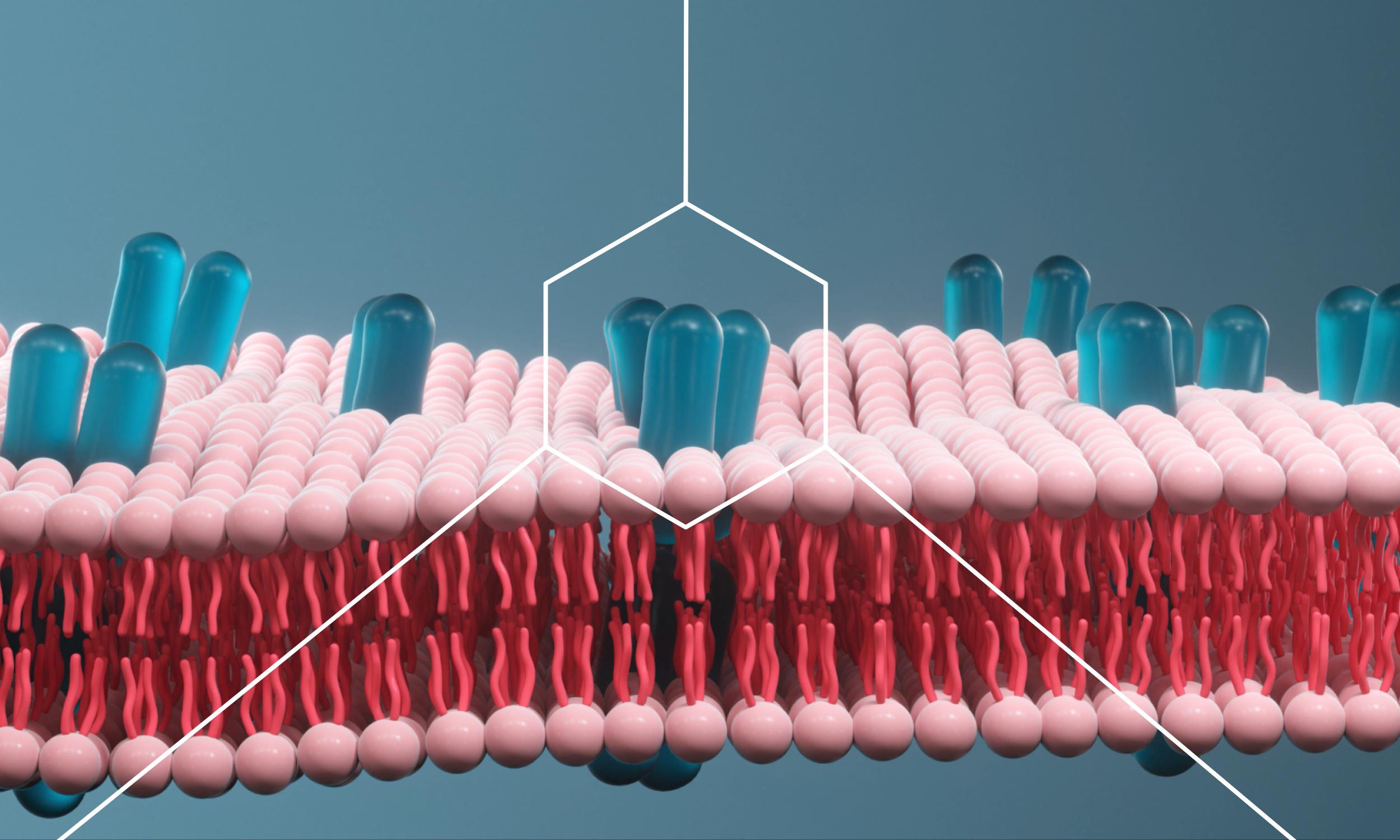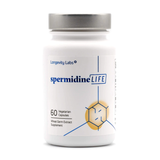
Cells are incredibly complex. While experts still don’t fully understand cells, how they work, and why they behave the way they do, one thing is sure: cells are the building blocks of life. Understanding how they work can help us improve our longevity and overall well-being. This article will discuss one of the essential parts of the cell--the membrane.
What Is a Cell Membrane?
What is the membrane? The cell membrane--also known as the plasma membrane--is the thin membrane surrounding every living cell. The membrane helps protect the cell from the environment that surrounds it. Inside the cell membrane are the cell’s constituents such as proteins, nucleic acids, carbohydrates, and cellular metabolism substances.
The membrane plays an essential role in ensuring our cells are healthy and protected. Without them, cells would be exposed to unwanted substances. The membrane also acts as a gate, allowing the transport of essential nutrients.
What Is Cell Membrane Made of?
You want to know what cell membranes are made of, but they are incredibly complex. Cell membranes are incredibly complex. They are composed primarily of fatty-acid-based lipids and proteins. There are two types of these lipids: phospholipids and sterols - mainly cholesterol. Both lipids dissolve readily in organic solvents, and both have a region that is attracted to and soluble in water.
The structure of the membrane makes it very flexible. This flexibility allows for rapidly growing and dividing cells. Despite its flexibility, the membrane also acts as a formidable barrier, allowing some dissolved substances to pass while blocking others. To put it simply--our cells wouldn’t operate without the membrane.
Where Is the Cell Membrane?
As we previously mentioned, the cell membrane is found in all cells - and we say all cells, we mean ALL cells. The membrane can be found in all living organisms. It serves functional roles varying from one type of cell to another.
For example, in amoebas, the cell membrane helps develop pseudopodia, which helps the feeding process. You’re probably wondering, do amoebas have cell walls? Yes, amoebas have cell walls which are composed of a tough outer layer made of proteins and carbohydrates. In plants, the cell membrane is between the cell cytoplasm and the cell wall. The main difference here is the cell wall’s makeup in plants vs. the cell wall’s makeup in animals.
What Are the Functions of the Cell Membrane?
The cell membrane’s primary function is to separate the cell’s inner part from the external environment. However, it’s much more versatile than that. Here are some examples of the cell membrane function:
- Compartmentalization - The membrane separates sub-cellular organelles from their external environment. This allows for the intracellular process to go on without interruptions from the external environment
- Diffusion - The membrane helps move substances from an area with high concentration to a place of low concentration
- Control of the movement of material - Acting as a gate, the membrane can dictate what goes in and out of the cell
- Cell signaling - The membrane contains several protein receptors that allow the cell to respond appropriately to the stimuli
What Is the Difference Between a Cell Wall and a Cell Membrane?
It can be easy to confuse the cell membrane for a cell wall. The primary difference between a cell membrane and a cell wall is that every living cell contains a cell membrane - not every cell contains a wall. Cell membranes are on both plant cells and animal cells, while animal cells typically don’t have cell walls.
Both help protect the cell, but they do so in different ways. Remember, the membrane closes the cell off from the outside, dictating what’s allowed in and what’s allowed out. The cell wall acts as a rigid protective layer that covers the cell membrane.
Is the Cell Wall Thicker Than the Cell Membrane?
Cell walls are much thicker than plasma membranes. But how much thicker can the cell wall be than the cell membrane? Due to being composed of a lipid bilayer with embedded proteins that provide structure and regulate the passage of molecules in and out of the cell, they can be up to several times thicker than the plasma membrane. Because of this, researchers discovered cell walls much earlier than cell membranes. From cell to cell, the composition and organization of the cell wall can vary significantly. What is a plasma membrane made of? A plasma membrane is made up of a lipid bilayer with proteins embedded in it that provide structure and regulate the passage of molecules.
For example, plant cells have both a primary cell wall and a secondary cell wall. The primary wall accommodates the cell as it grows, while the secondary wall develops inside the primary cell wall until it has stopped growing.
What Are the Types of Cells?
Our body is made up of trillions of cells. It’s nearly impossible to wrap your head around that number. Understanding the main types of cells can help you better understand the body’s cellular makeup and why it behaves the way it does. Here are some of the most critical cells located in the body:
- Epithelial cells - Without these cells, we would have no skin to protect the body and no stomach to digest food
- Nerve cells - Without nerve cells, we would have no consciousness or control over the body
- Muscle cells - Without muscle cells, we would not be able to move
- Connective tissue cells - These cells help protect us against foreign invaders
Supplements May Help
One supplement that can help encourage cellular heath is spermidine. This is because spermidine helps induce something called autophagy. This is the body’s process of replacing old and potentially damaged cells with newer, healthier cells. Autophagy means ‘self-eat.’
This process helps keep you feeling and looking young while also dramatically lowering your chances of developing aging diseases such as Parkinson’s and Alzheimer’s. While it is possible to get your recommended daily intake of spermidine through your diet, it’s recommended to take supplements so you ensure you get the correct dose. Simply taking your supplements with your dinner is a great way to remember to take spermidine supplements every night.







